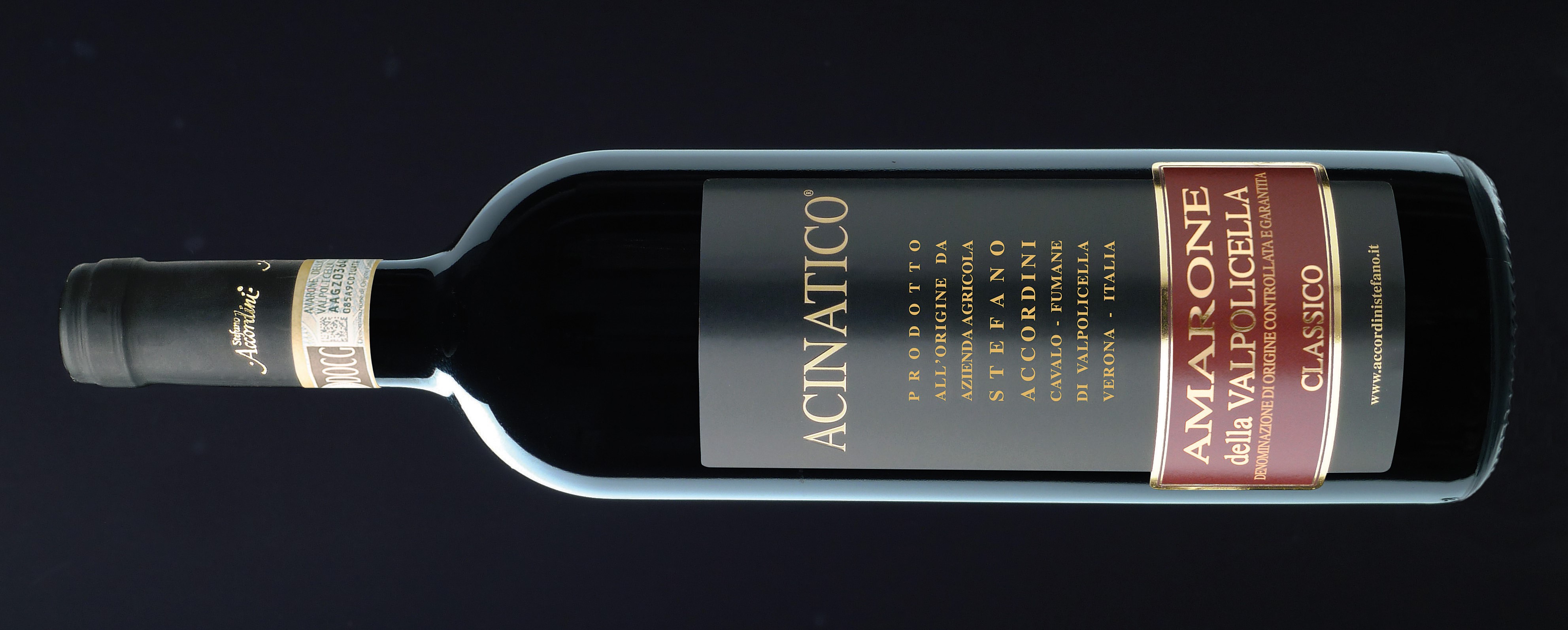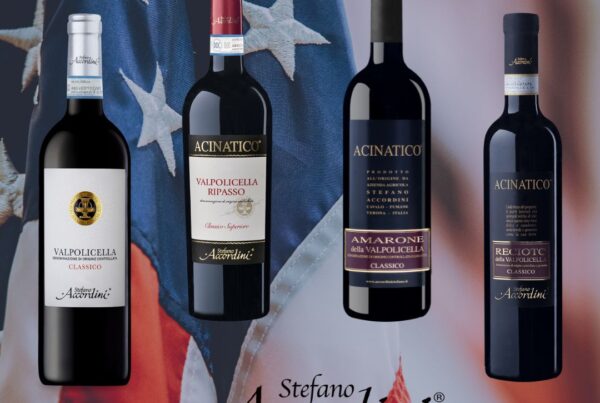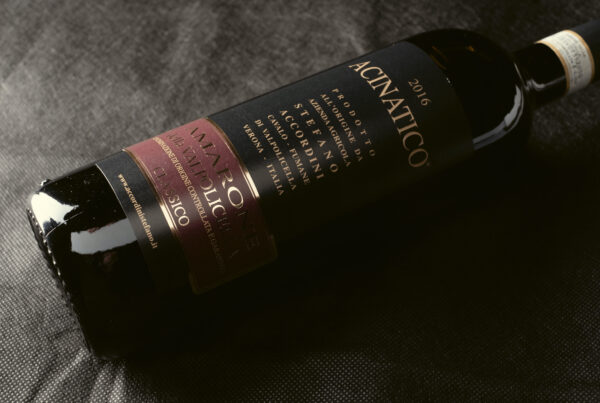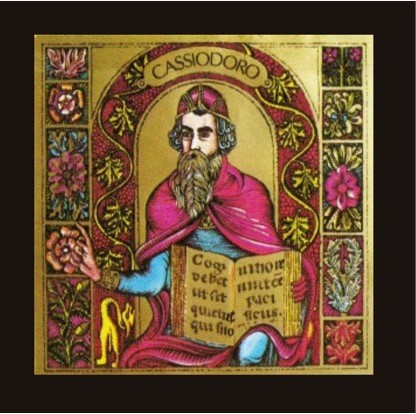
The Acinatico in the past
The famous “Recioto della Valpolicella” has an old history begun in the fourth century after Christ. Cassiodorus, minister of Theodoric, king of the Visigoths, in a letter to the landowners of the current Valpolicella asked to serve on the royal table the wine obtained with a special technique of drying the grapes. It was called Acinatico at the time and it was defined “winter must, cold blood of the grapes” by the most important connoisseurs of wine. It actually was the first ancestor of Recioto. Some traces about its predilection and about the grapes used for it, have been found also in the Edict of Rotari, which established very severe penalties for those who caused damage to the vines and salty fines for those who stole the grapes. After 1000 a.C, some acts of purchase and sale of vineyards located in the production area known today as Valpolicella, where wine was considered equal to money to pay feudal rights, were found in the same area. In the following centuries, official documents and many writings of the humanists of the time, show how the presence and adoration of Acinatico wine continued and became more and more important with the passage of time.
The Acinatico from the Roman period to the Modern Age
In 1177, a decree of the emperor Federico Barbarossa formalized the name “Valpolicellae” (vallis polis cellae, valley of the “many cellars”) that identifies the production area of the prestigious Acinatico, increasingly requested by the aristocratic class of the whole empire. An esteem of 1503 also attests that the area of the Valpolicella Classica, was a rich and famous valley thanks to its wines, fame that continued until 1936. This year marked the birth of today’s Amarone della Valpolicella. A famous legend tells that Adelino Lucchese, winemaker in Cantina Sociale della Valpolicella, found a forgotten barrel of Recioto. When he tasted the Bitter Recioto from the fermenting stem, he exclaimed “Questo non è un Amaro, è un Amarone!” that meant that the wine was no bitter (amaro) but really more than bitter (Amarone). The reason of this strong reaction was due to the refermentation process that was not blocked in the forgotten barrel, and the final result no longer turned out to be a sweet raisin wine because the sweetness had completely vanished. Actually, the wine was not bitter at all in the true sense of the word. The term was used for extreme contraposition with the sweet tone that we would have expected from that first taste of the forgotten Recioto. In this case, Amaro meant and means dry.
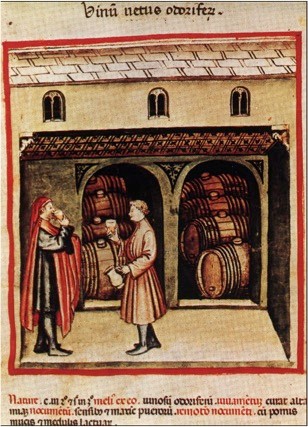
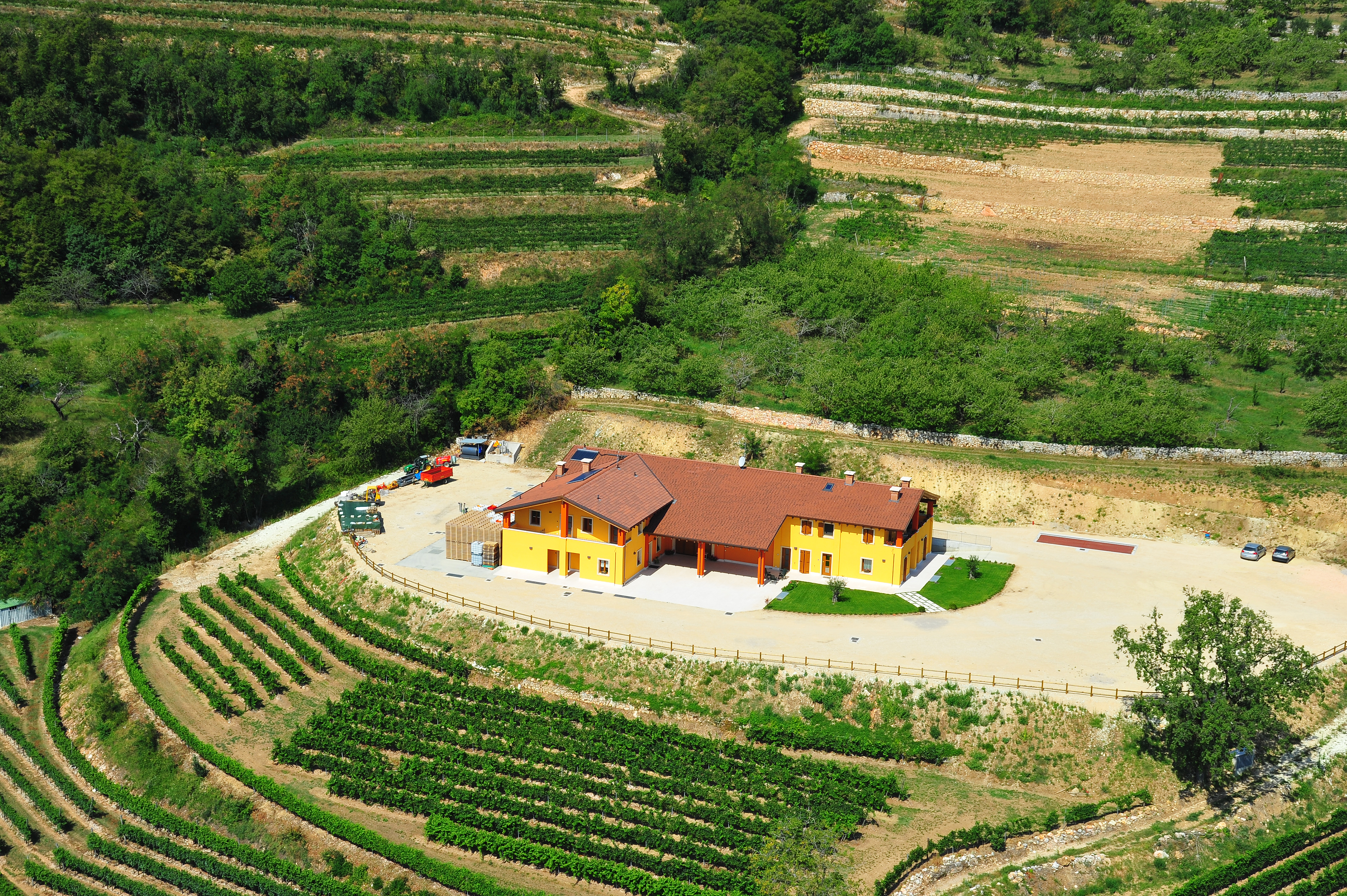
Acinatico as registered trademark for the Accordini Stefano Company
As described in the story about the birth of Amarone della Valpolicella, Acinatico is actually its old name. The Accordini family decided to turn this epithet into a registered trademark to identify its three best wines, Valpolicella Classico Superiore Ripasso, Amarone della Valpolicella Classico and Recioto della Valpolicella Classico, as the tops of its own wine production. The choice made by the Accordini Family back in 1988 was made with the aim of remembering the real traditional wine production in the ancient Valpolicella Classica area. The same term Acinatico has Latin origins and means etymologically “wine born from the berries” (acina = berry, natico = born) and represents the link between the ancient wine so hailed by Teodorico and the traditional technique of wine production in Valpolicella by the Accordini family.
![]()
Campaign financed according to EU Reg. n. 1308/2013


